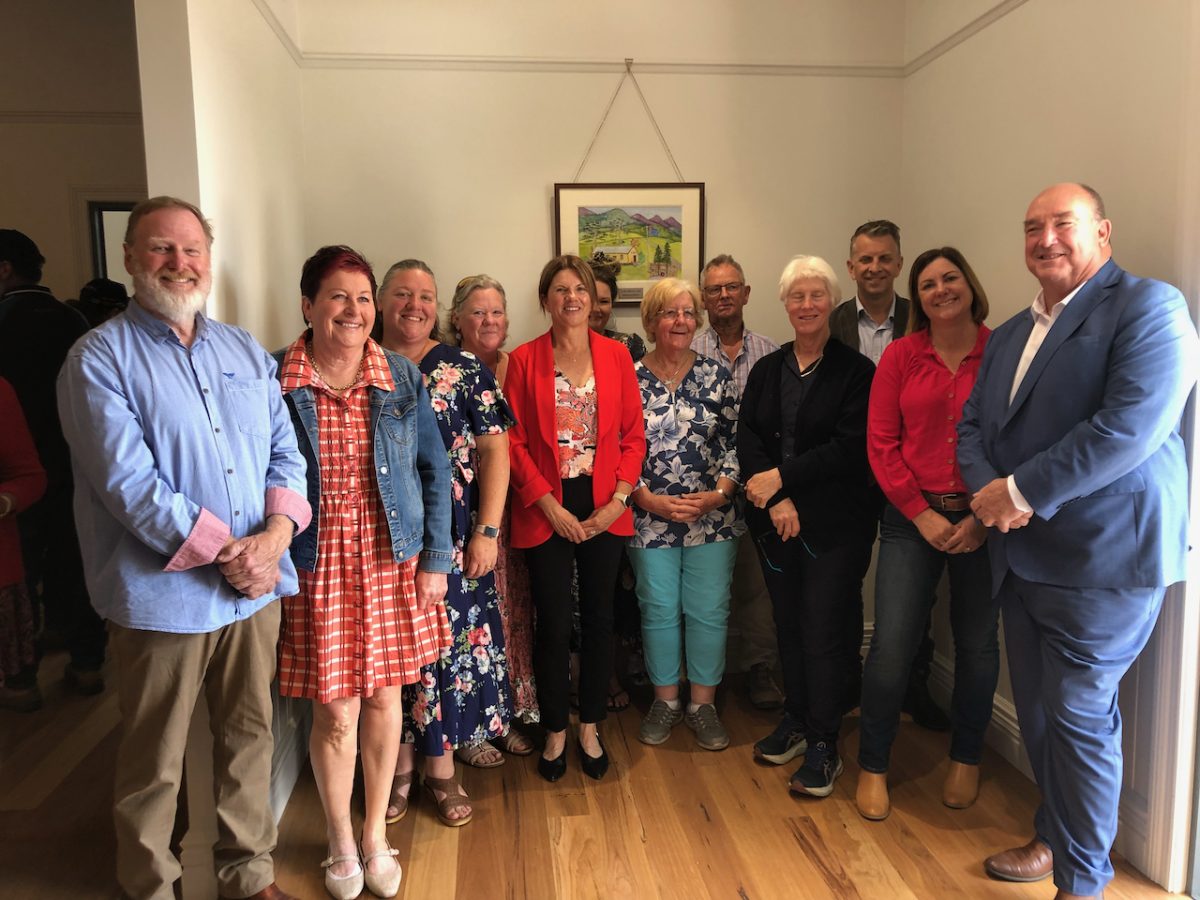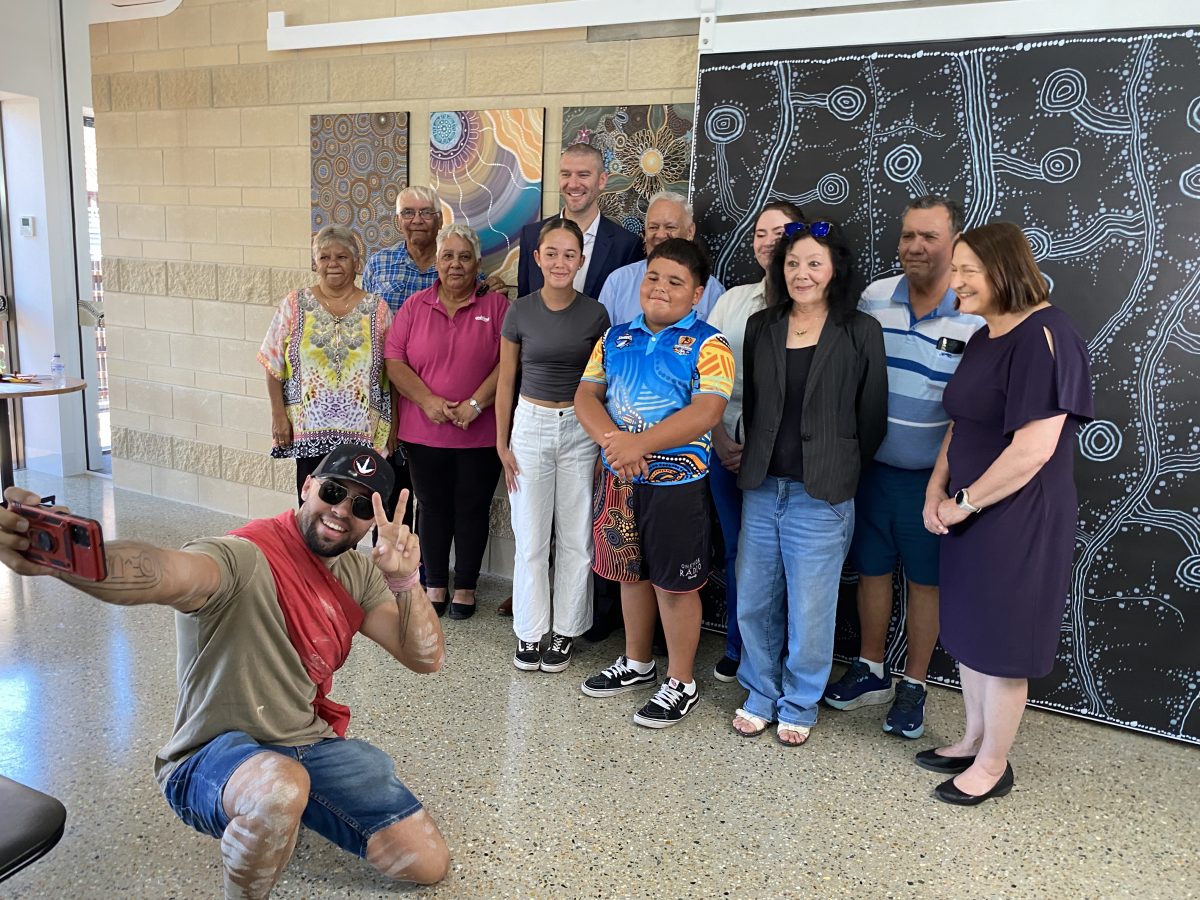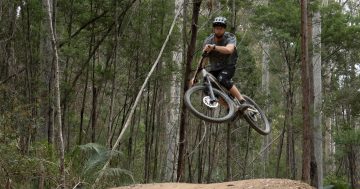
The Narooma Mountain Bike Hub is one of the projects that received money from the Bushfire Local Economic Recovery Fund. Photo: Narooma Camera Club.
To help the Far South Coast recover after the Black Summer bushfires and to improve its resilience to future natural disasters, the Federal and NSW governments’ Bushfire Local Economic Recovery Fund (BLERF) allocated $106 million to organisations and groups in the Far South Coast.
Eurobodalla Shire received $39 million and Bega Valley Shire received $67 million.
BLERF was not the only source of funding for some of the projects, so the total cost of some was higher than suggested by the BLERF contribution.
For example, in addition to $5 million from the BLERF, the Mogo mountain bike trails received a $3 million grant from the NSW Government’s Growing Local Economies Fund.
Similarly, the $6.5 million Batemans Bay Coastal Headlands Walking Trail received around $1.25 million from the Building Better Regions Fund, Bushfire Regional Tourism Fund, Stronger Country Communities Fund, Rotary Club and Eurobodalla Shire Council.
This article outlines how the BLERF funds allocated were spent.
Bega Valley received $22.5 million to rebuild essential community infrastructure ($19.9 million to rebuild Cobargo’s CBD and $2.6 million on rebuilding the Kiah and Wandella community halls). Eurobodalla received $3 million to rebuild the Mogo Local Aboriginal Land Council building, which was also a community hub.
Bega Valley received $16 million to upgrade essential community infrastructure ($15.5 million to make the Bega Showground into a comfortable, accessible and compliant evacuation centre and $461,625 for the Lions Club of Tathra safer pathways project). Eurobodalla received $3 million to make the two community halls in Central Tilba more resilient.
Bega Valley did well out of the sector development grants that were dedicated to supporting specific industries including agriculture, aquaculture and forestry. In total, Bega Valley received $4.9 million for projects in those areas. That included $2 million to expand a wood pellet production line and a power upgrade for Eden’s export wood chip facility. Eurobodalla received $225,000 for an oyster-related project.

The official opening of the rebuilt Wandella Community Hall in October. Photo: Marion Williams.
Eurobodalla received $14.8 million for projects to support tourism, notably $5.25 million for the almost completed Batemans Bay Coastal Headlands Walking Trail and viewing platform, $5 million for the mountain bike trails at Mogo and $4.1 million for Narooma’s mountain bike trails. It has been shown that the bike trails were very successful at protecting Narooma from the statewide downturn in tourism and hospitality.
Bega Valley received $13.5 million for tourism initiatives, with $7.6 million to build the Cobargo Bushfire Resilience Centre, $4.5 million going towards the Eden Mountain Bike Hub, and $900,000 on two separate tourism support, diversification and product growth programs.
Eurobodalla received far more funding for its arts and culture sector, namely $9.9 million to build the Narooma Arts Centre and $3.2 million for the Muliyaan Cultural Centre.
Bega Valley received $336,000 to upgrade the sprinkler and smoke detection systems at Four Winds.
Bega Valley was allocated $2.6 million for a Playability Inclusion Hub and the Bermagui Preschool Therapy and Counselling Room, plus $2 million to upgrade the Bermagui Indoor Sports Stadium and Eden’s Barclay Street Sportsground.
The two shires spent around the same amount on community and recovery resilience programs ($2.9 million in Eurobodalla and $2.6 million in Bega Valley).
Bega Valley received $425,000 and Eurobodalla $125,000 for general business initiatives.
Some business programs such as supporting bushfire-affected start-ups, the South Coast Centre of Excellence, and promoting the Gourmet Coast Trail were shared among several shires. In the absence of detail, the funds are assumed to have been divided equally between the shires.
All the environmental programs ($1.7 million in Eurobodalla and $2.6 million in Bega Valley) were shared across two or more shires except the $2 million Bega Aboriginal Community multi-purpose workshop that focused on land management.
Likewise, all the community recovery and resilience programs were shared across multiple shires except the $613,000 that Eurobodalla shire received for two programs.

The rebuilt Mogo Local Aboriginal Land Council building was officially opened in November. Photo: Fiona Phillips’ office.
The vast majority of programs are complete, as are most projects.
Mogo’s new mountain bike trails are expected to be completed in early 2025.
The rebuild of Cobargo’s CBD and construction of Cobargo’s Bushfire Resilience Centre and the new evacuation centre and functions space at Bega Showground are underway.
Work on the two Tilba halls is yet to begin.
Construction of the new Narooma Arts Centre went to tender in late November. For a while, its BLER funding was under threat due to cost overruns and time delays.
Delays and spiralling costs affected virtually every major infrastructure project on the Far South Coast funded by the BLERF. It has been a stressful time for the people leading projects like the rebuild of Cobargo’s CBD, the rebuild of the Mogo Local Aboriginal Land Council’s building, and the construction of the Cobargo Bushfire Resilience Centre.
The development application (DA) for the Muliyaan Cultural Centre was lodged in December 2022. The proposed site for the centre has a restrictive covenant on the title stating no development or clearing can occur. The covenant can only be released by the Minister for the Environment. The DA also received submissions from the community about the impact of traffic given the state of the road. The DA has been withdrawn.












